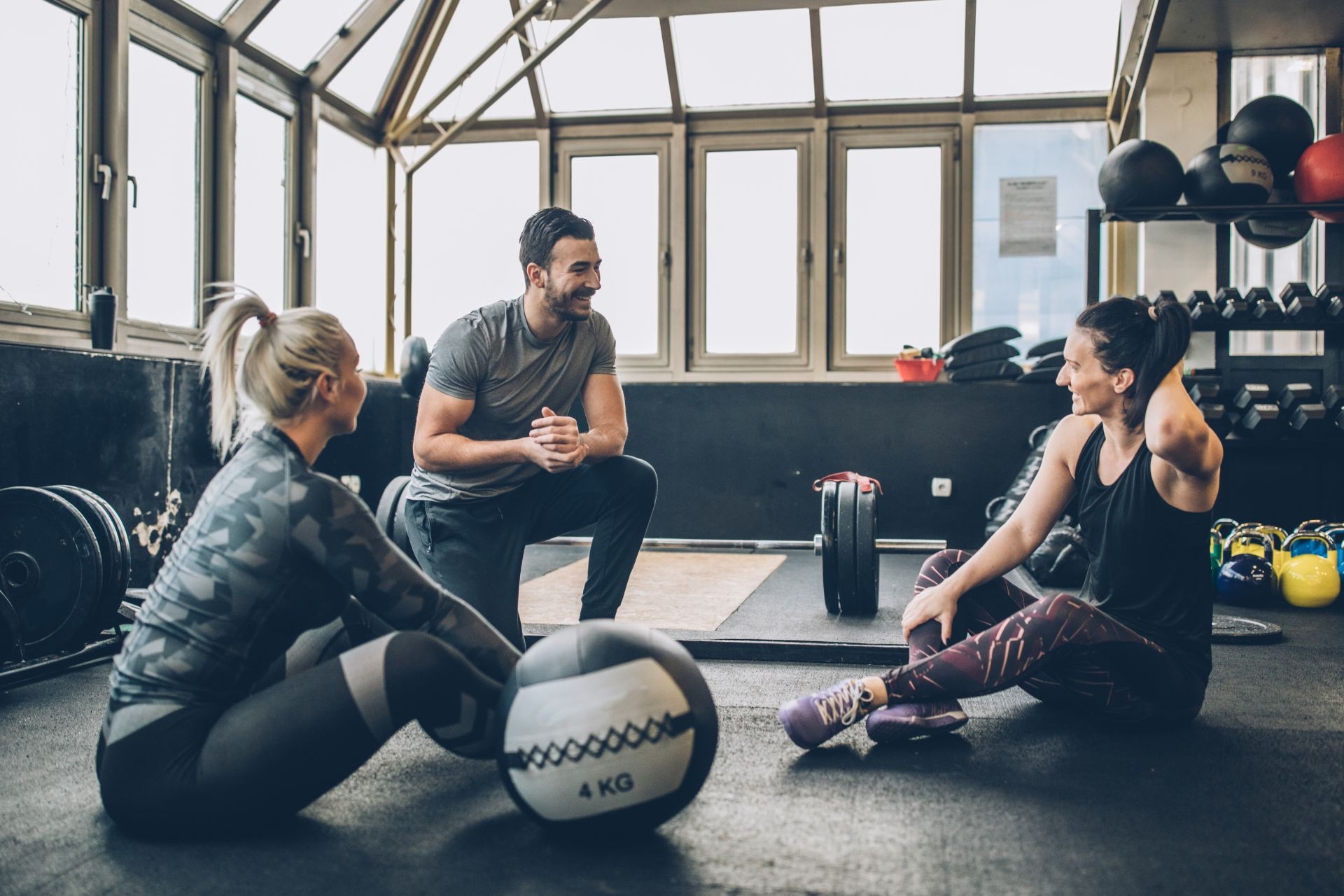Post-Activation Potentiation (PAP)
How does the intensity of the conditioning activity affect the level of post-activation potentiation in athletes?
The intensity of the conditioning activity has a significant impact on the level of post-activation potentiation in athletes. Higher intensity activities, such as heavy resistance training or maximal effort sprints, have been shown to produce greater potentiation effects compared to lower intensity activities. This is due to the greater recruitment of fast-twitch muscle fibers and the activation of the central nervous system, leading to enhanced muscle performance and power output.



